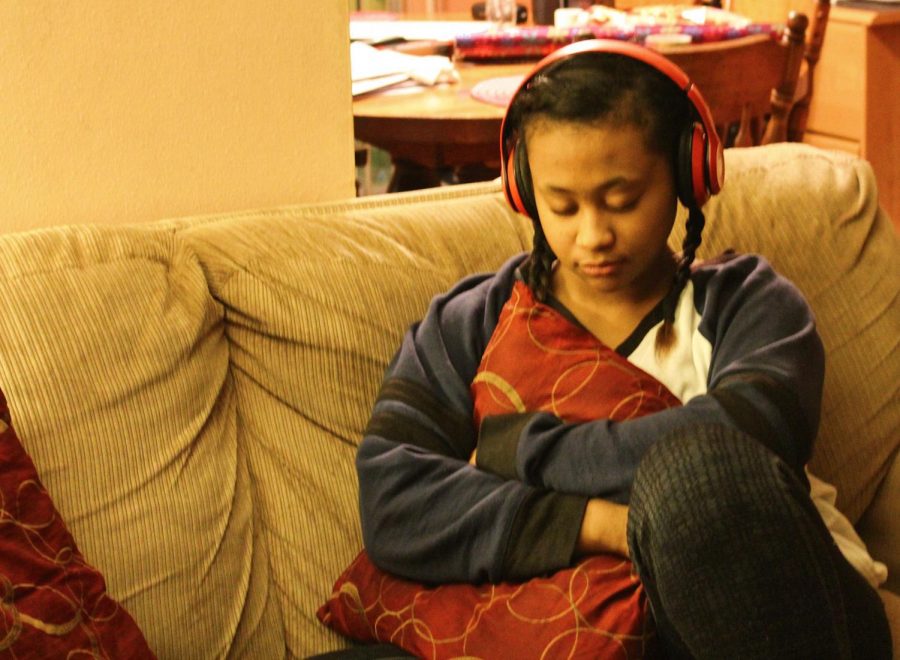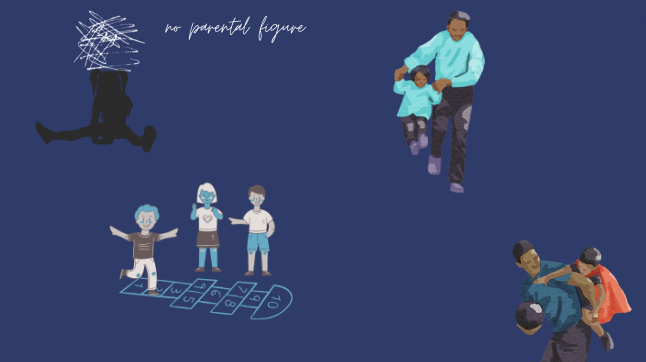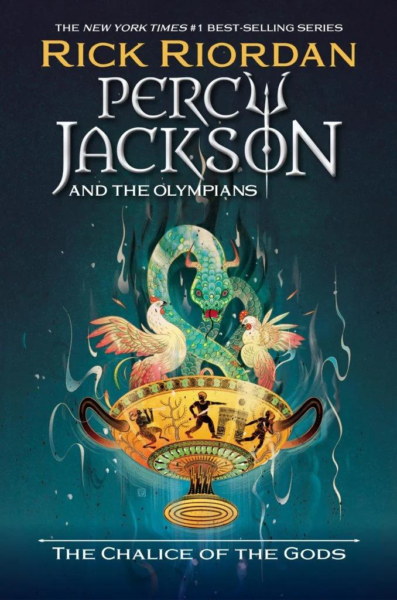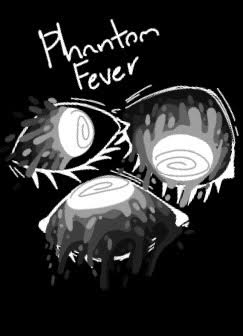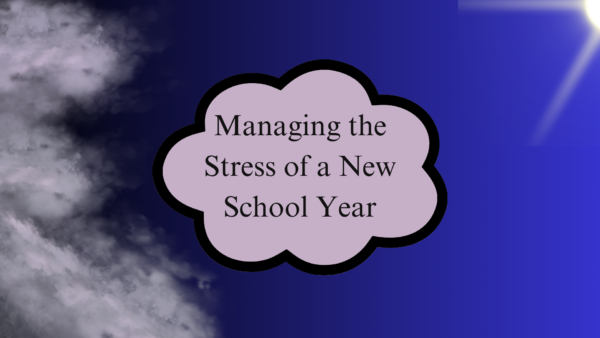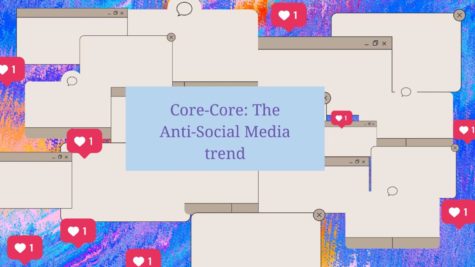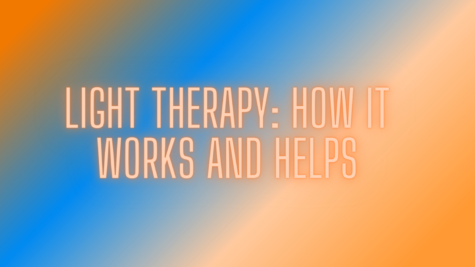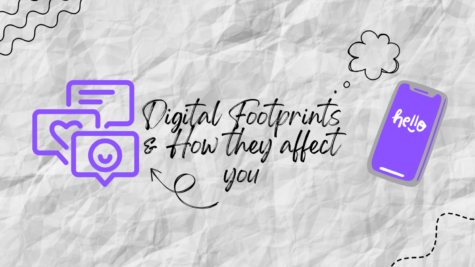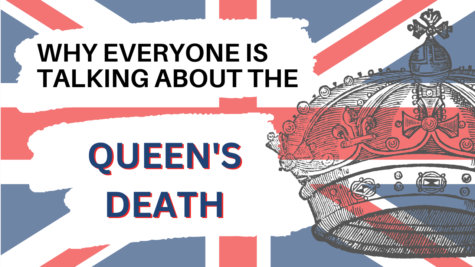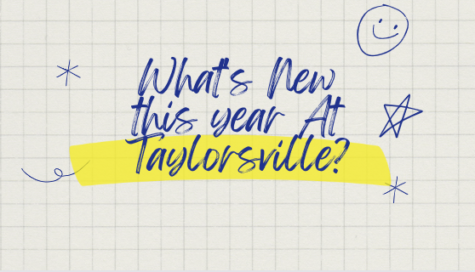Music therapy and how it works
May 2, 2019
When people say that they go to therapy, we often visualize people sitting in a room and talking but there are other forms of therapy such as: music therapy.
The American Music Therapy Association, or AMTA, said, “Music Therapy is an established health profession in which music is used within a therapeutic relationship to address physical, emotional, cognitive, and social needs of individuals.” Music therapists will assess the patient and figure out what they need. There are various techniques, such as: creating, singing, moving to, and/or listening to music.
There are two processes; creative and receptive. The University of Minnesota said, “In the creative process, the music therapist works with the client to actively create or produce the music. [… .] In the receptive process, the therapist offers music listening experiences, such as using music to facilitate a client or group’s relaxation. Clients or groups may then discuss thoughts, feelings, or ideas elicited by that music.”
Dr. Mary Williams, a registered nurse for the American Heart Association said, “The beauty of music therapy is that it helps people in a physical, mental, emotional and social way.”
Music therapy helps people in multiple areas and ways, it’s not limited to a certain part of our health or a certain technique. Every person is different and therefore, we need different techniques to help people through a traumatizing event or issue they may have.
There are multiple benefits to music therapy. Williams stated, “[Studies show that] when played in conjunction with a person’s thoughts or movements, music therapy can help to improve everything from a patient’s speech to their memory and physical balance. It also provides emotional healing, helping people to develop positive self-image and aids in prioritizing stress and pain. Music also helps people take their mind off of physical pain, which can help them cope with a number of ailments.”
Sophomore Joey Stutsman said, “A while back, I had a really hard break up. I did not take it well and the guy I was with, he was highly toxic and somewhat mentally abusive so when I was getting over him, listening to and writing music helped me. It was a way for me to know that I wasn’t alone in the way I was feeling.”
Music therapy may be used for simple problems such as a bad day at school or a bad score on a test. To use music as therapy you don’t always need an actual therapist.
Sophomore Savannah Feik said, “I think [music therapy] helps more because it’s more personal. Music might be heard by everyone and everyone knows about it, but it’s individual to everyone. It means something different to different people.”
Music can also affect our brains in numerous ways. Ashford University said, “One of the first things that happens when music enters our brains is the triggering of pleasure centers that release dopamine, a neurotransmitter that makes you feel happy. This response is so quick, the brain can even anticipate the most pleasurable peaks in familiar music and prime itself with an early dopamine rush.”
To find a music therapist please visit the AMTA website and follow their steps to find one. They will make sure you are well taken care of and that they help in any way possible and if you wish to learn more about music therapy go to https://www.musictherapy.org/ to find more information.

